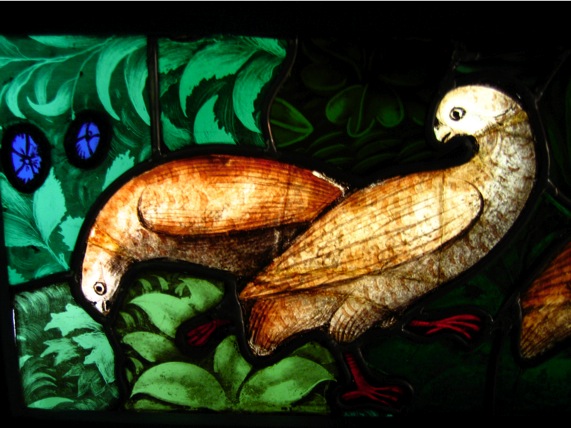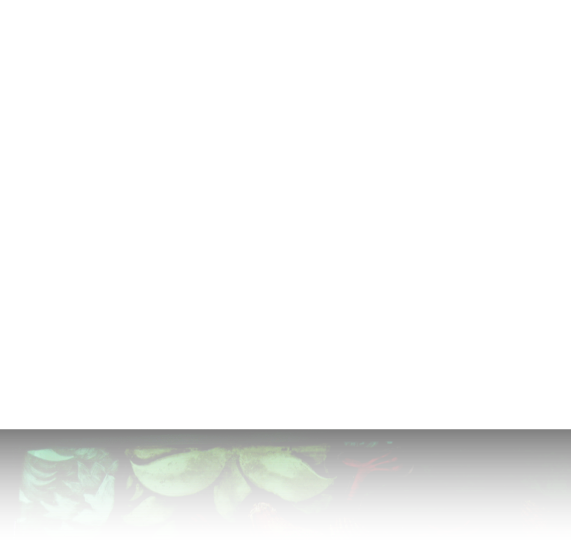Scroll down for the photos if my ramblings are of no interest to you.
Since I left Paris, I have read only the Middle Ages. I did not suspect that would be the case as I toured the Cluny, but as a result it is the one place more than any other that I want to revisit some day soon.
My interest in the Middle Ages is to understand how Europe became Europe, or perhaps (to steal a little from the fabulous raconteur and popular history Thomas Cahill) how a bunch of startled Romans and adventurous barbarians became Europeans. I started with the Crusades in Paris (I had read a packed history of the Reformation before that) and then worked backwad century by century.
I have decided (in that sense where what one decides is good enough so long as one is unencumbered by the job market in the wone in which one made the decision) that the Middle Ages starts with the Council of Nicaea in 325. That’s where the christians, so recently liberated from repression, did a world-colosssal flop and became the Mammon they had despised just a decade before. It is also where Constantine decided the godhead was thrice not once, but three was one anyway, and, what the hell, let us base the strcutre of the sate on these ludicrous squabbles about the relaitonships among the three. So processsions, and begatments, and what not, displaced human thought for a century or two (I mean until Chalcedon when they basicvally settled it all, give or take a “filioque” between friends). I really have a hell of a time keeping heresies “straight” as it were because the distinctions at the very most amount to a “my myth is better than your myth, so death be upon you”. But I figure the Arians were closer to the original than they are credited, the Monophysites have a perverse need to swim upstream, the Nestorians are hard-done-by, and the Donatists, gawd curse ‘em, eventually migrated to North Carolina and reincarnated as Jerry Falwell’s band of pustulent preening prevaricators.
But this is not a dissertation. And to surrender the history of 1200 years to the history of a church whose only mission is to proclaim its own unavoidability is to forget the sweat and bluster that is living day by day. The Cluny feels like a place that memorializes those who lived, and the immanence of its objects reminds its visitors of the similarites between us trying to get by and get on to those who went before us.
I did a less than spectacular job of documenting what I photographed in the Cluny. Sin in haste, repent at leisure, so I leisurely say, “Sorry.”
Click on any photo to to start the slide show.
© 2007, Stephen Arod Shirreffs. Take any photos you like. If you want to use them for fun, give me credit (Stephen Arod Shirreffs). Permission is pointedly not granted for any religious, commercial, or political purpose. If you want to use any photos for commercial or political purposes, send me email to foto at gunung dot com.
Paris, September 2006
Musée de Cluny

































